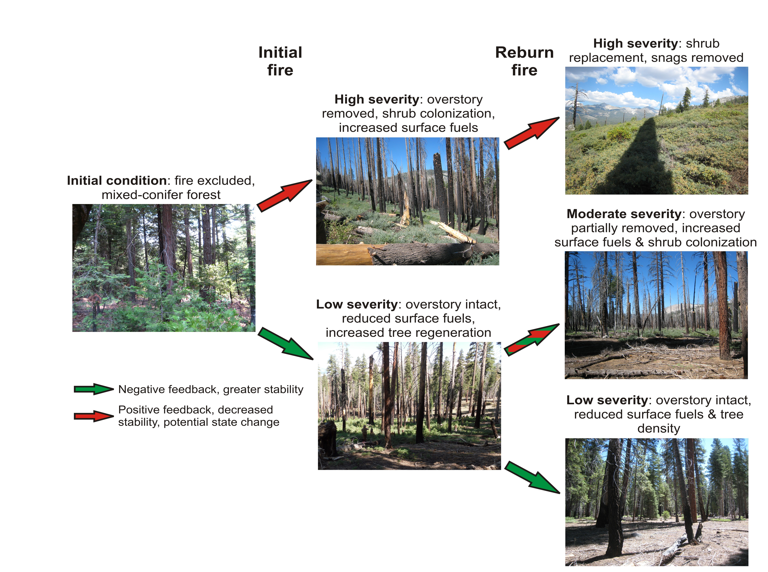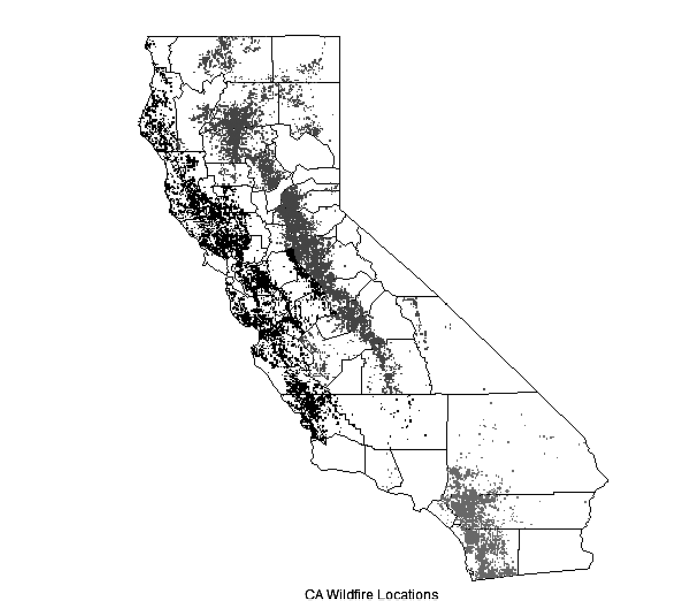Prescribed Fire Can Ease Drought Induced Forest Mortality in Mixed Conifer Forests in the Sierra Nevada: Research Brief
/The authors of this paper investigated whether or not prescribed fire can create conditions that will reduce drought induced mortality in mixed conifer forests in the Sierra Nevada.
Read More




















